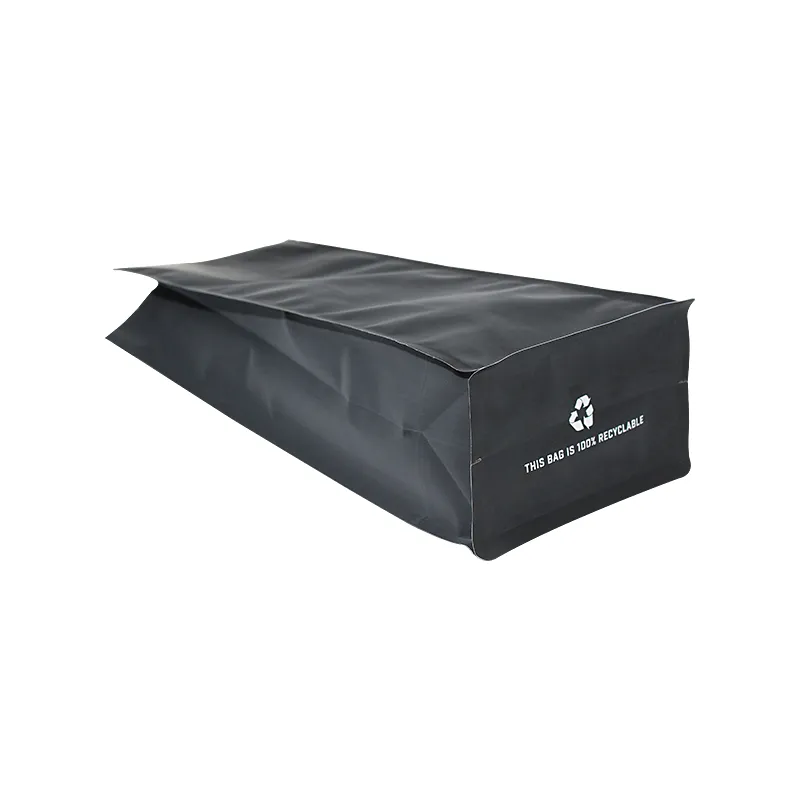what are hdpe plastics
Understanding HDPE Plastics Properties, Applications, and Environmental Impact
High-Density Polyethylene (HDPE) is a versatile thermoplastic polymer that has become a staple in various industries due to its unique properties. Recognized for its high strength-to-density ratio, HDPE is widely used in both consumer products and industrial applications. This article delves into what HDPE plastics are, their properties, common applications, and their environmental implications.
What is HDPE?
HDPE, or High-Density Polyethylene, is a type of polyethylene, a thermoplastic made from the polymerization of ethylene. Ethylene is derived from natural gas and petroleum, making HDPE petroleum-based. The structure of HDPE is characterized by a linear molecular arrangement with minimal branching, resulting in a material that is denser and stronger than its low-density counterpart, LDPE (Low-Density Polyethylene). HDPE is also known for its excellent resistance to impacts, chemicals, and moisture, making it an ideal choice for a range of applications.
Properties of HDPE
HDPE exhibits several key properties that contribute to its popularity
1. Strength and Durability HDPE's high tensile strength allows it to withstand heavy loads and impacts, making it suitable for items that require robust materials. 2. Chemical Resistance It is resistant to many chemicals, acids, and bases, which makes HDPE ideal for storing and transporting hazardous materials. 3. Moisture Resistance Its low moisture absorption makes it suitable for outdoor applications, as it doesn’t degrade easily when exposed to elements. 4. UV Resistance HDPE can be stabilized with UV additives, allowing it to maintain its properties when exposed to sunlight, making it useful for outdoor furniture and play equipment. 5. Recyclability One of the most significant environmental advantages of HDPE is its recyclability. It can be reprocessed into new products without a significant loss of material properties.
Common Applications of HDPE
what are hdpe plastics

Due to its properties, HDPE is used in various industries. Some common applications include
1. Packaging HDPE is extensively used for packaging products such as milk jugs, detergent bottles, and food containers. Its strength and chemical resistance ensure that products remain safe and uncontaminated. 2. Construction In the construction industry, HDPE is used for plumbing pipes, geomembranes, and plastic lumber. Its durability and resistance to environmental factors make it a preferred choice for infrastructure applications. 3. Toys Many children's toys are manufactured with HDPE because it is safe, durable, and easy to clean. 4. Containers HDPE is commonly used to create robust containers for storing chemicals, food, and other materials, thanks to its chemical resistance. 5. Agriculture In agriculture, HDPE is utilized for irrigation systems and protective covers as it can withstand harsh weather conditions.
Environmental Considerations
While HDPE does offer numerous advantages, its environmental impact is a topic of concern. Being a petroleum-based product, the production of HDPE contributes to fossil fuel depletion and carbon emissions. However, the recyclability of HDPE can mitigate these effects. It is crucial to encourage recycling practices to reduce plastic waste and promote the circular economy. Many municipalities now have programs in place specifically for recycling HDPE, ensuring that it can be reused multiple times.
Moreover, advancements in bioplastics and alternative materials are emerging, providing sustainable options for plastic production. These materials aim to offer comparable properties to HDPE while reducing environmental footprints.
Conclusion
HDPE plastics play a significant role in modern manufacturing and daily life. Their strength, chemical resistance, and recyclability make them an attractive choice for various applications across industries. However, as we advance towards a more sustainable future, it is essential to balance the benefits of HDPE use with its environmental impact. By promoting recycling and exploring alternative materials, we can enjoy the advantages of HDPE while minimizing its ecological footprint. Understanding the properties and applications of HDPE is key to making informed decisions regarding its use and ensuring a sustainable future for all.













